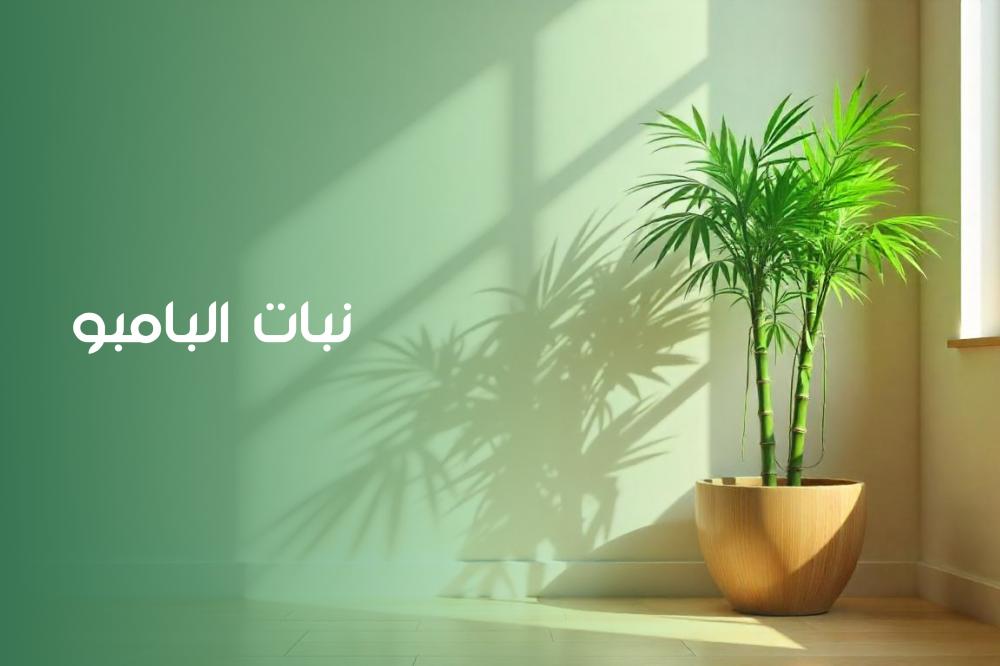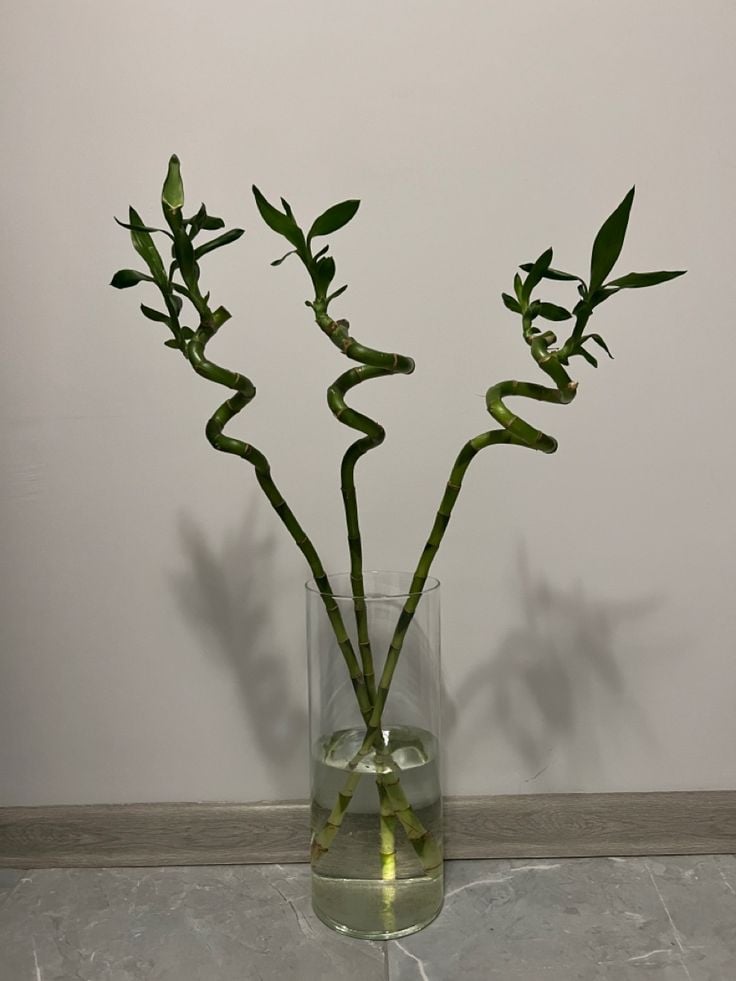Bamboo is a fast-growing, robust herbaceous plant. It is a popular green plant known for its beauty and elegance. In some countries, it is known as the "lucky plant" or "bamboo." A member of the woody herbaceous family, bamboo is characterized by its long, hollow stems and delicate leaves, which add a charming, natural touch to any space.
Bamboo is grown in soil or water and is a favorite among indoor plant lovers due to its distinctive appearance and ease of care.
What is the importance of bamboo plant?!
Bamboo is distinguished by its many benefits and importance in many agricultural and industrial fields, in addition to its aesthetic use in the field of decoration.
- Bamboo is used in agriculture to form natural barriers and protect soil and crops.
- Bamboo is an ideal source for producing bamboo used in furniture and decoration.
- Its branches and leaves are used to feed animals and naturally fertilize the soil.
- It helps purify the air by absorbing toxins and moisture from the atmosphere.
- It is a symbol of luck and prosperity as it is often used to bring positive energy.
- Suitable for both modern and classic decors.
- It grows quickly and takes on wonderful aesthetic shapes.
Learn about the types of bamboo plants
Although bamboo is generally known for its long, hollow stem, there are several popular types for home use:
- Lucky Bamboo Spiral
- It is shaped in a distinctive spiral and is often grown in water.
- Lucky Bamboo Straight
- Straight stems are gathered in odd numbers (symbolically lucky) and placed in a glass or earthenware vase.
- Dwarf Bamboo
- It has dense leaves and resembles small shrubs, and is often grown in soil.
- Braided Bamboo
- The stems are twisted to form a unique aesthetic shape.
How to care for bamboo plants
Lighting:
- Bamboo does not need direct sunlight.
- Bright, indirect lighting is preferred.
Irrigation or water:
- If in water: The water should be changed once a week.
- In soil: Water the soil only when the top layer is dry.
cleanliness:
- Wipe the leaves with a damp cloth to remove dust.
- Clean the bowl to prevent algae buildup.
the heat:
- Prefers temperatures between 18-28°C.
- He does not like cold drafts or excessive heat.
Fertilization:
- Dilute liquid fertilizer once a month (if placed in water).
Growing Bamboo in Water: Simple Steps to Long-Term Health
Bamboo thrives in aquatic environments under the right conditions. Low-salinity water is recommended, and tap water should be avoided unless left in an uncovered container for 24 hours to reduce chlorine levels. It's best to change the water daily or every other day for small roots, and every week or more for dense roots. It's also advisable to use a clear container to support healthy root growth, ensuring your bamboo stays strong and thriving for a long time.
Top tips for maintaining bamboo plants
- Use filtered water or water that is as chlorine-free as possible.
- Do not leave the plant in stagnant water for long periods.
- Cut back damaged stems or roots periodically to rejuvenate the plant.
- Do not expose to direct sunlight.
Bamboo is an ideal choice for those looking for an elegant, easy-to-care-for indoor plant with health and aesthetic benefits. Whether you're a beginner or a seasoned plant enthusiast, bamboo will add a unique touch of comfort and natural beauty to your home or office.


